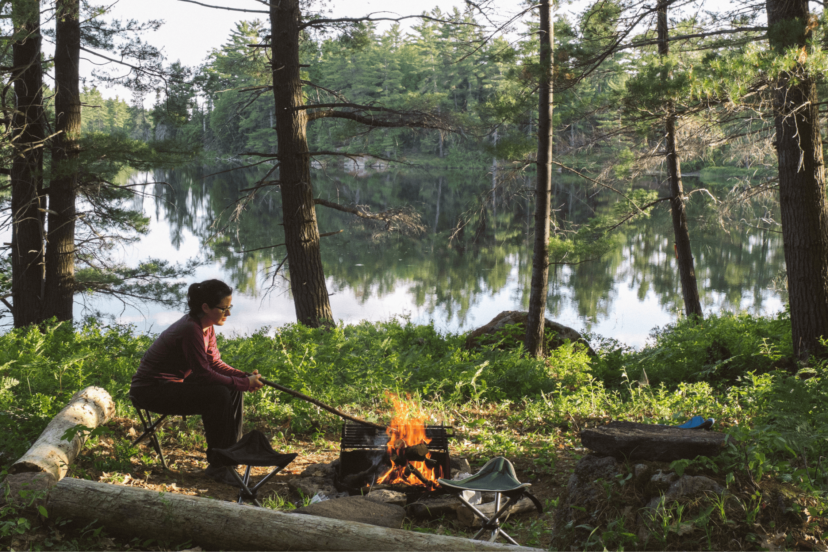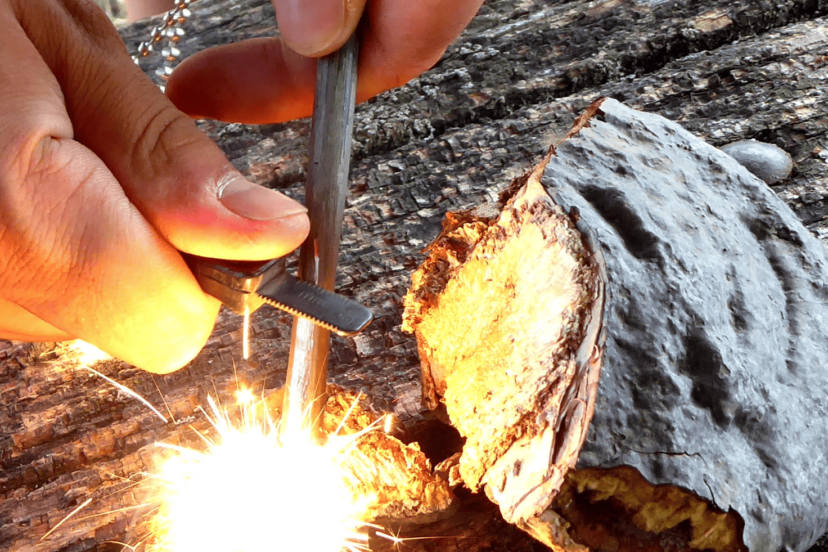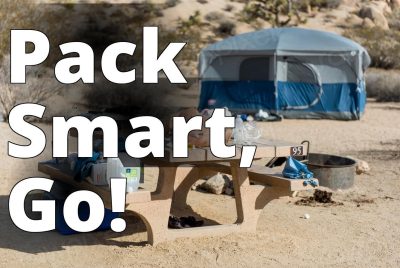Fire Starters for Camping
Hello fellow campers! In this article, I will be sharing my expertise as an outdoor enthusiast and advisor on the topic of fire starters for camping.
Building a campfire is not only a practical necessity but also a beloved tradition that enhances the camping experience.
To make the process easier and more enjoyable, it is crucial to have reliable fire starters on hand.
Join me as we explore the importance of fire starters, different types available, tips for choosing the right one, safety precautions, best practices for starting a campfire, and even some DIY options.
Let’s dive in!
Importance of Fire Starters for Camping
When you’re out in the wilderness, fire starters are essential tools for getting a campfire going.
They provide a reliable and convenient way to ignite your fire and save you from struggling with damp wood or unreliable matches.
Whether you’re cooking meals, staying warm, or simply enjoying the cozy ambiance of a campfire, fire starters make the process faster, easier, and more efficient.

Types of Fire Starters
- Matches: Traditional matches are a classic choice for starting fires. They are lightweight, easy to carry, and come in various sizes. However, they can be susceptible to moisture and wind, making them less reliable in certain conditions.
- Lighters: Disposable or refillable lighters are popular fire starters due to their convenience. They offer a steady flame and are wind-resistant, making them suitable for most camping situations. However, they can run out of fuel and may not perform well in extreme weather conditions.
- Fire Starters Cubes: Fire starter cubes are compact blocks made of compressed wax and sawdust. They are easy to ignite, burn for a long time, and provide consistent heat. These cubes are weather-resistant and can be used in damp conditions.
- Fire Starters Sticks: Fire starter sticks are similar to matches but have a longer burn time. They are coated with a flammable substance, making them easier to ignite. Fire starter sticks are a reliable option, especially in windy or wet environments.
- Fire Starters Gel: Fire starter gel is a viscous substance that can be squeezed from a tube or applied with a brush. It adheres well to wood, making it an effective option for igniting fires. Fire starter gel is weather-resistant and burns cleanly.
- Fire Pistons: Fire pistons use compressed air and rapid heating to ignite a fire. While they require some practice and technique, fire pistons are reliable and work well in various conditions. They are compact and durable, making them suitable for backpackers and survivalists.

Benefits of Using Fire Starters
Using fire starters for camping offers several benefits:
- Reliability: Fire starters provide a consistent ignition source, ensuring that you can start a fire quickly and reliably.
- Efficiency: With fire starters, you can ignite your campfire faster and save time and energy, allowing you to focus on other camping activities.
- Versatility: Fire starters work well with different types of firewood, including damp or hard-to-ignite materials.
- Weather Resistance: Many fire starters are designed to withstand various weather conditions, including wind, rain, or snow, making them reliable in challenging camping environments.
- Safety: Fire starters eliminate the need for potentially dangerous methods like using gasoline or lighter fluid. They provide a safer and controlled way to start a fire.
- Portability: Fire starters come in compact sizes and are easy to carry, whether you’re backpacking, hiking, or enjoying a camping trip.
- They are lightweight and can be stored in your camping gear or even your pocket.
How to Choose the Right Fire Starter
When selecting a fire starter for camping, consider the following factors:
- Conditions: Assess the typical weather conditions you’ll encounter during your camping trips. Choose a fire starter that performs well in those conditions, whether it’s wind, rain, or cold temperatures.
- Ease of Use: Look for fire starters that are simple and hassle-free to ignite. Consider options like matches, lighters, or fire starter cubes that require minimal effort.
- Burn Time: Check the burn time of the fire starter. Longer burn times provide you with more flexibility and ensure that your fire will stay lit long enough to meet your camping needs.
- Water Resistance: Opt for fire starters that are resistant to moisture. This is particularly important if you anticipate camping in damp or rainy environments.
- Portability: If you’re backpacking or hiking, prioritize compact and lightweight fire starters that won’t add unnecessary bulk to your gear.
- Reliability: Read reviews and choose fire starters that have a reputation for reliability. Look for ones that consistently deliver a flame and are known for their durability.
Safety Precautions
While fire starters are safe tools, it’s important to follow these safety precautions when using them:
- Clear the Area: Ensure the area around your campfire is clear of any flammable materials, such as dry leaves or brush.
- Fire Pit: Use a designated fire pit or create a safe and contained area for your fire. This helps prevent the spread of fire to unintended areas.
- Supervision: Never leave a campfire unattended. Always have someone present to monitor the fire.
- Extinguishing the Fire: Completely extinguish the fire before leaving the campsite or going to sleep. Use water or sand to ensure the fire is fully out.
- Follow Local Regulations: Be aware of any fire regulations or restrictions in the area where you’re camping. Follow them accordingly to ensure the safety of yourself and the environment.
Best Practices for Starting a Campfire
Follow these steps for a successful campfire using your chosen fire starter:
- Prepare the Site: Clear the area, removing any debris and creating a fire ring or designated space for your fire.
- Gather Firewood: Collect firewood, ensuring you have a mix of different sizes, from tinder (small, dry materials) to larger logs.
- Arrange the Firewood: Build a structure using the “teepee” or “log cabin” method, leaving enough space for airflow.
- Ignition: Use your chosen fire starter to ignite the tinder. Aim to light it from multiple points for increased success.
- Add Kindling: Once the tinder is burning, carefully add small kindling sticks to increase the flame and heat.
- Gradually Add Firewood: As the fire grows, add larger pieces of firewood gradually to maintain a steady burn.
- Keep Ventilation: Ensure there is enough airflow by not overcrowding the fire. Avoid smothering it with too much wood.
- Monitor and Maintain: Keep an eye on the fire, adjusting the wood as needed to maintain the desired heat and flame.
- **Extinguish Properly when done using the campfire:
- Reduce the Fire: Allow the firewood to burn down to ash, reducing the flame and heat.
- Spread the Ashes: Use a stick or shovel to spread the ashes around the fire pit, ensuring they are completely extinguished.
- Add Water: Pour water over the ashes, making sure they are thoroughly saturated. Stir the ashes to ensure all embers are extinguished.
- Feel for Heat: Use the back of your hand to feel for any remaining heat in the fire pit or surrounding area. Repeat the water application if needed.
- Dispose Properly: Once the ashes are cool to the touch, you can safely dispose of them in a designated area or follow specific guidelines for the campsite.
DIY Fire Starters
If you’re feeling adventurous or want to save some money, you can create your own DIY fire starters. Here are a few ideas:
- Cotton Balls and Petroleum Jelly: Dip cotton balls in petroleum jelly until fully coated. Store them in a waterproof container, and when needed, light the coated cotton balls for a reliable fire starter.
- Dryer Lint and Wax: Collect dryer lint and stuff it into sections of a cardboard egg carton. Melt candle wax and pour it over the lint-filled sections. Once hardened, cut the sections into individual fire starters.
- Toilet Paper Tubes and Wax: Save empty toilet paper tubes and fill them with dryer lint. Pour melted wax into the tube, saturating the lint. Once cooled and solidified, cut the tube into smaller segments, creating individual fire starters.
- Wood Shavings and Wax: Gather fine wood shavings and mix them with melted wax. Pour the mixture into cupcake liners or small molds, allowing them to harden. These compact fire starters can be easily carried and ignited.
Remember to use caution when creating and using DIY fire starters, and always follow safety guidelines.
Top Fire Starters for Camping
-
UCO Waterproof Fire Starter Matches: This reliable fire starter is compact, waterproof, and easy to ignite. With a long burn time, it ensures your campfire stays lit even in challenging conditions.
- aipuya Easy Light Tinder: Known for its durability and versatility, this fire starter works well in various weather conditions. Its wind-resistant design and steady flame make it a popular choice among campers.
- BUSHCRAFT Survival Fire Starter: Ideal for backpackers and hikers, this lightweight fire starter offers a compact size without compromising reliability. Its quick ignition and long-lasting burn time make it a top pick for outdoor enthusiasts.
- Bushcraft Survival Ferro: This innovative fire starter combines convenience and safety. Its weather-resistant features and user-friendly design make it a go-to option for campers of all skill levels.
- Fire Piston Kit- Firestarter Kit: With its unique ignition mechanism and efficient burn, this fire starter ensures a hassle-free campfire experience. Its compact size and robust performance make it a favorite among seasoned campers.
Remember to read product reviews, consider your camping needs, and choose a fire starter that suits your preferences and the conditions you’ll encounter.

Conclusion
Having reliable fire starters for camping is a game-changer when it comes to enjoying the outdoors.
They provide a convenient and efficient way to ignite campfires, enhancing your camping experience.
By choosing the right fire starter, following safety precautions, and using best practices, you can create cozy campfires with ease.
Whether you opt for traditional matches, fire starter cubes, or DIY options, these tools will make your camping adventures even more enjoyable.
FAQs
- Q: Can I use fire starters in wet or damp conditions?A: Yes, certain fire starters are designed to perform well in moist environments, making them effective even in challenging conditions. Look for fire starters that are waterproof or have moisture-resistant properties.
- Q: Are fire starters safe to use?A: When used correctly and with proper precautions, fire starters are safe tools for starting campfires. However, it’s important to follow safety guidelines, such as clearing the area around the fire, supervising the fire at all times, and fully extinguishing it before leaving.
- Q: Can I bring fire starters on a plane?A: Regulations regarding fire starters may vary depending on the airline and country. It’s advisable to check with the specific airline and review their guidelines regarding transportation of fire starters in carry-on or checked luggage.
- Q: Are DIY fire starters as effective as commercially available ones?A: DIY fire starters can be effective and provide a cost-effective alternative. However, their performance may vary depending on the materials used and the method of ignition. It’s recommended to test and experiment with DIY fire starters before relying on them during camping trips.
- Q: Can I use fire starters for other purposes besides starting campfires?A: While fire starters are primarily designed for starting campfires, they can be useful in other situations, such as lighting outdoor stoves, barbecues, or fire pits. However, always ensure you are using them in a safe and appropriate manner for the specific application.
Remember, when using fire starters, prioritize safety, respect local regulations, and practice responsible outdoor ethics to protect both yourself and the environment.
Enjoy the warmth and beauty of your campfire while creating lasting memories in the great outdoors!




